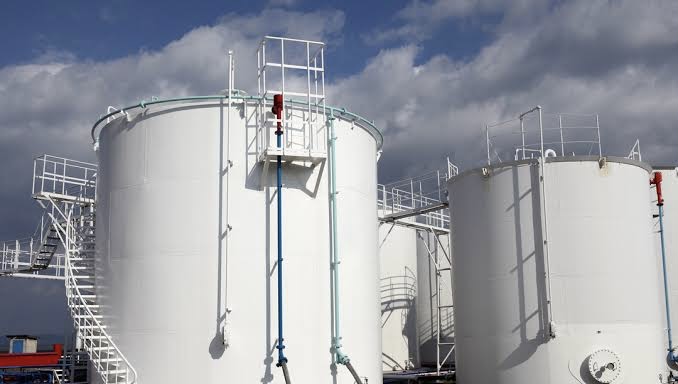KEY POINTS
- IEA cuts 2024 oil demand growth forecast by 7.2%, citing China’s economic slowdown.
- China’s oil demand is expected to rise by 180,000 bpd in 2024, down from earlier estimates.
- OPEC projects stronger demand growth, predicting 2.03 million bpd.
The International Energy Agency (IEA) has lowered its 2024 global oil demand growth forecast, citing weaker-than-expected growth in China. The revised estimate predicts an increase of 900,000 barrels per day (bpd), a reduction of 7.2% from its previous forecast. This adjustment comes as China’s economic slowdown and the transition to cleaner energy sources put downward pressure on global oil consumption.
The IEA’s revised outlook aligns with the growing consensus that global oil demand is reaching a plateau, with the trend expected to continue towards the end of this decade.
Impact of China’s slowing economy
China, the world’s second-largest economy, has been a major driver of global oil demand growth for years. However, the IEA now projects China’s oil consumption to increase by just 180,000 bpd in 2024, a significant drop from the 410,000 bpd estimate made in July. According to Reuters, the IEA attributes this decline to slower economic growth, increased electric vehicle (EV) adoption, and expanded high-speed rail networks reducing domestic air travel demand.
The IEA’s projection contrasts sharply with the Organization of the Petroleum Exporting Countries (OPEC), which forecasts 2024 demand growth at 2.03 million bpd, driven in part by stronger expectations for China’s economic performance. The gap between the two forecasts reflects differing views on China’s role in the global energy landscape.
Broader global demand trends
Outside China, the IEA notes that oil demand growth remains weak, particularly in the United States, where gasoline consumption dropped year-on-year in five of the first six months of 2024. Overall, the IEA’s forecast indicates that oil demand growth will slow globally, reinforcing its expectation that consumption will plateau before the decade ends.
Despite lowering its 2024 forecast, the IEA left its 2025 demand growth estimate unchanged at 950,000 bpd. However, the agency warned that the market could face an oversupply if OPEC+ unwinds its output cuts as planned. Rising oil production from non-OPEC countries, including the United States, Guyana, Canada, and Brazil, is expected to contribute to the growing supply.
Oil market reactions and OPEC+ actions
In response to the IEA report, Brent crude oil prices briefly pared gains, trading near $72 per barrel after previously dipping below $70 earlier in the week. OPEC+, which includes Russia and other oil-producing allies, has been cutting output since 2022 to support prices. However, the group recently delayed plans to lift production cuts by two months following the latest price decline.
The IEA forecast that non-OPEC supply would rise by 1.5 million bpd in 2024, further intensifying the risk of oversupply if demand growth continues to weaken. This leaves OPEC+ with a difficult balancing act as it navigates the shifting dynamics of global oil consumption.



